Soils
Soils may vary substantially, even within one property, depending on location and prior use. Soil conditions can be different whether on a hillside, on bottomland, or on top of a hill. Soil conditions vary so greatly that we recommend doing further research at your planting site.
Local Agricultural Extension offices will often perform soil analysis as a free service and they will recommend what treatments will be necessary to create an optimum environment. Trees are likely to get too little water in well-drained soil and too much in soil that is poorly drained. For best success, we recommend you provide supplemental water for your newly planted trees for the first two years after planting.
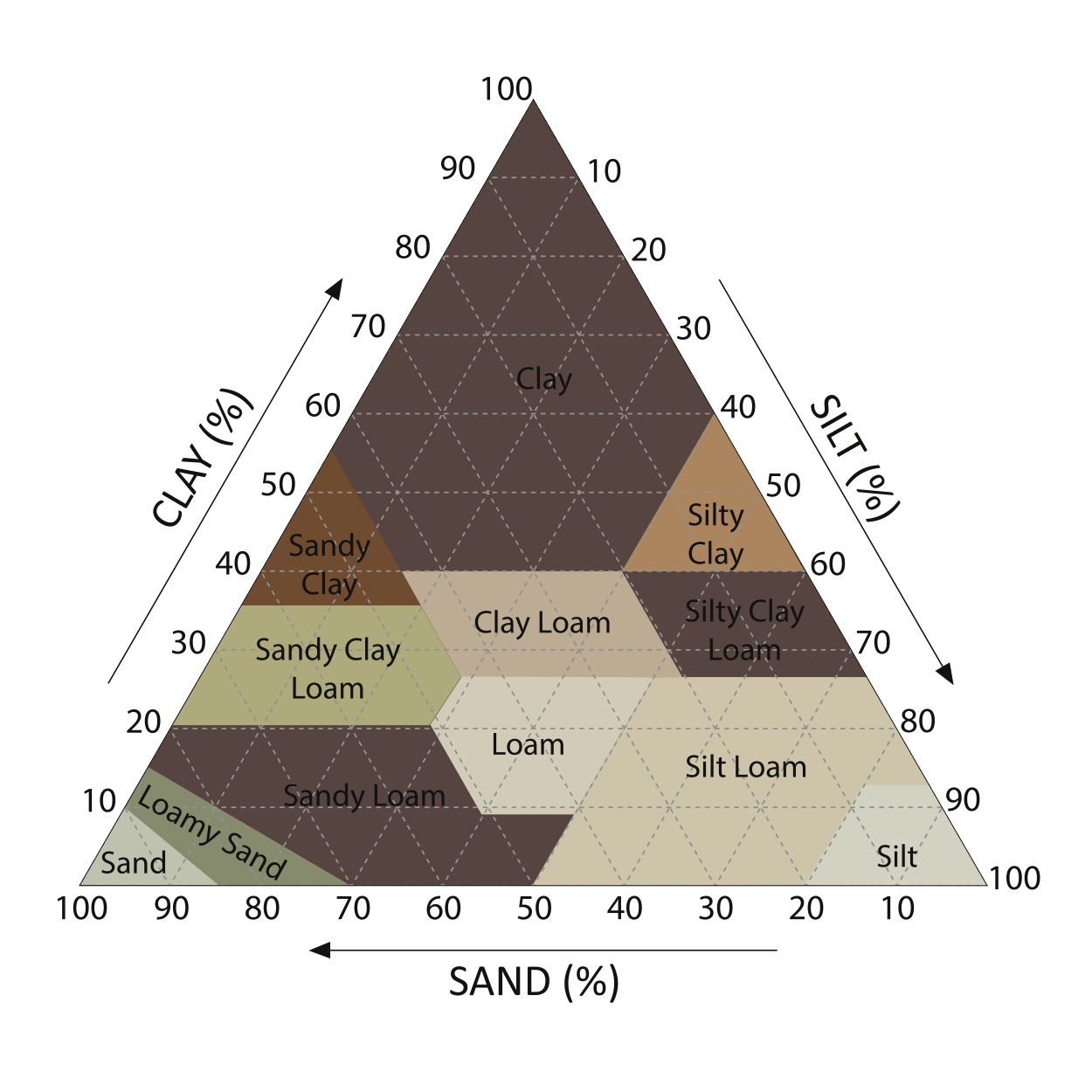
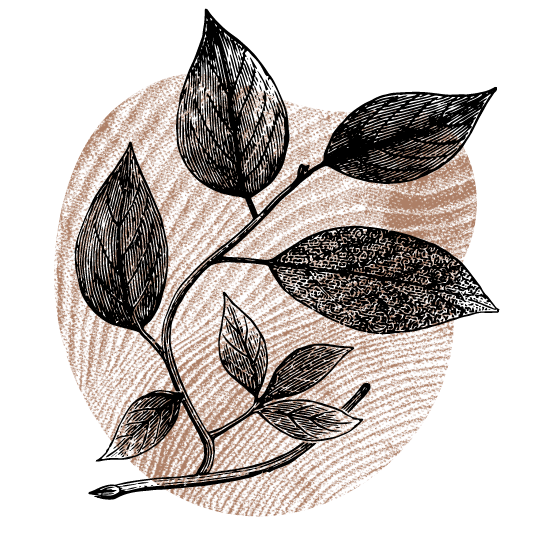
The type of soil you have influences how fast water permeates, how often plants will need to be watered, and how much water you’ll need to apply with each irrigation. Observe what happens to your soil when you wet it.
Most soils are a mixture of clay, sand, and loam. Identify what makes up your soil and adjust your watering accordingly.
Sandy Soil
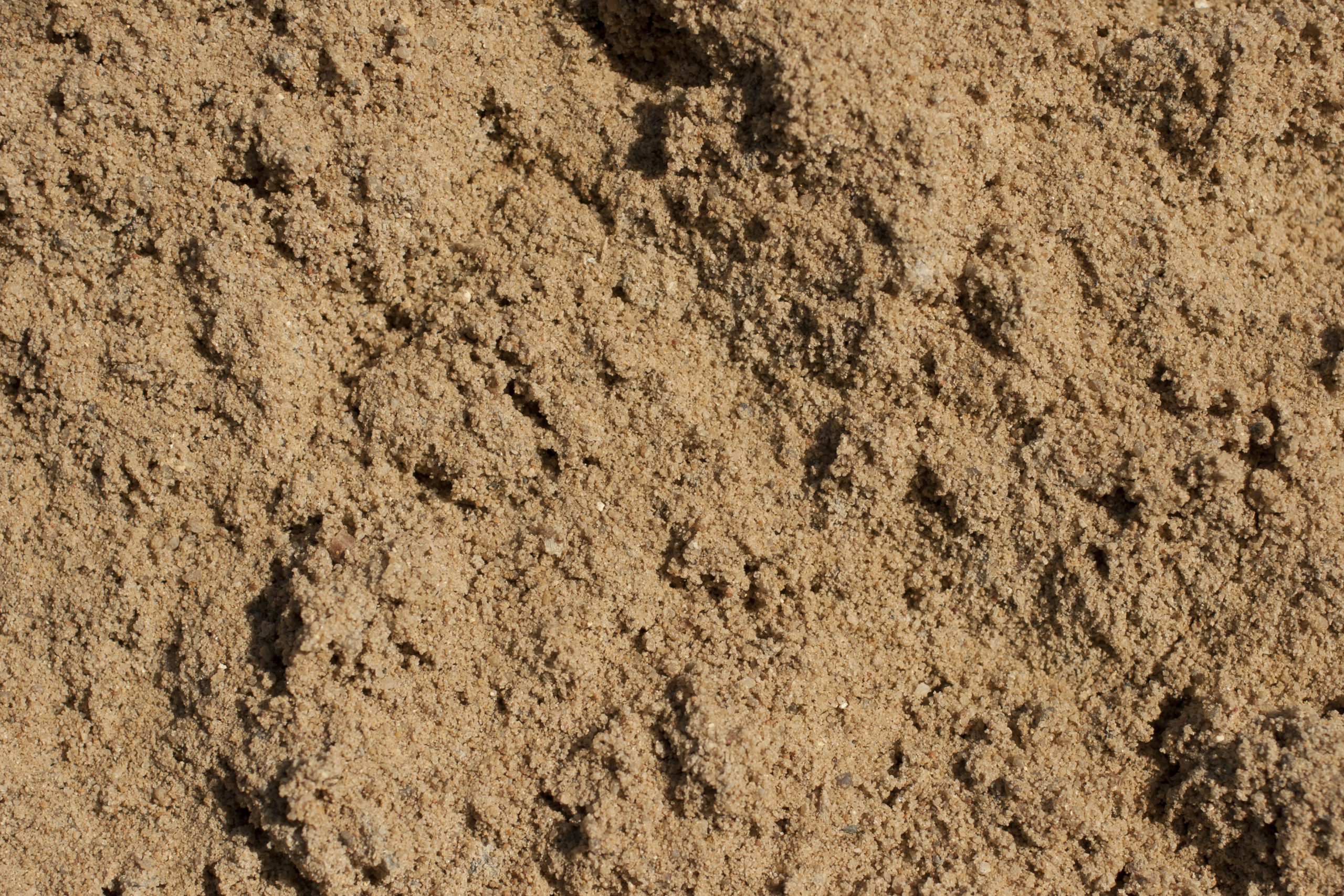
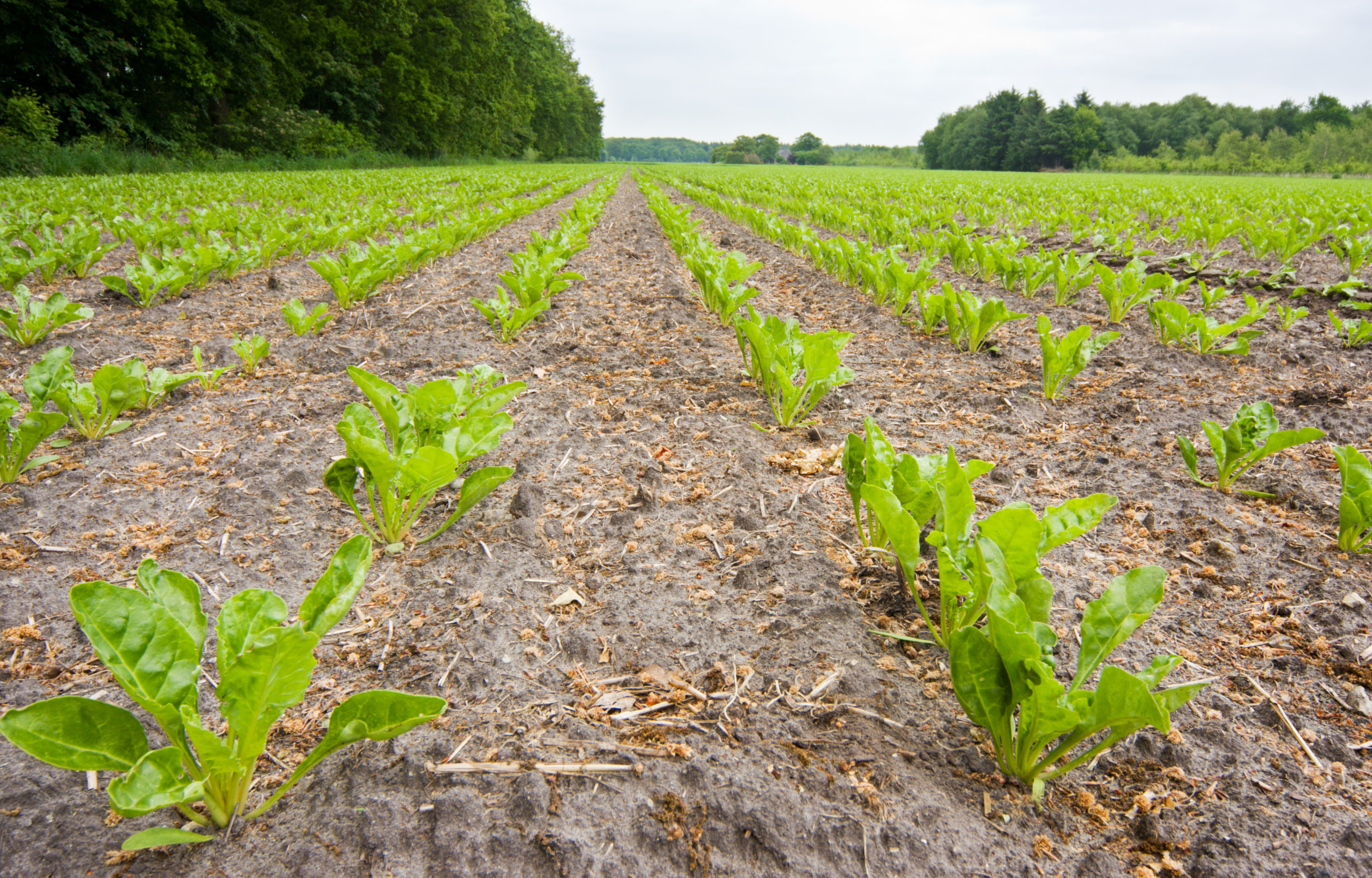
Sandy soils absorb water quickly without puddling. Compared with plants growing in clay soils, those planted in sandy soils need water more often because water penetrates sandy soils faster. Don’t apply so much water that it flows through the root zone without stopping.
Clay Soil
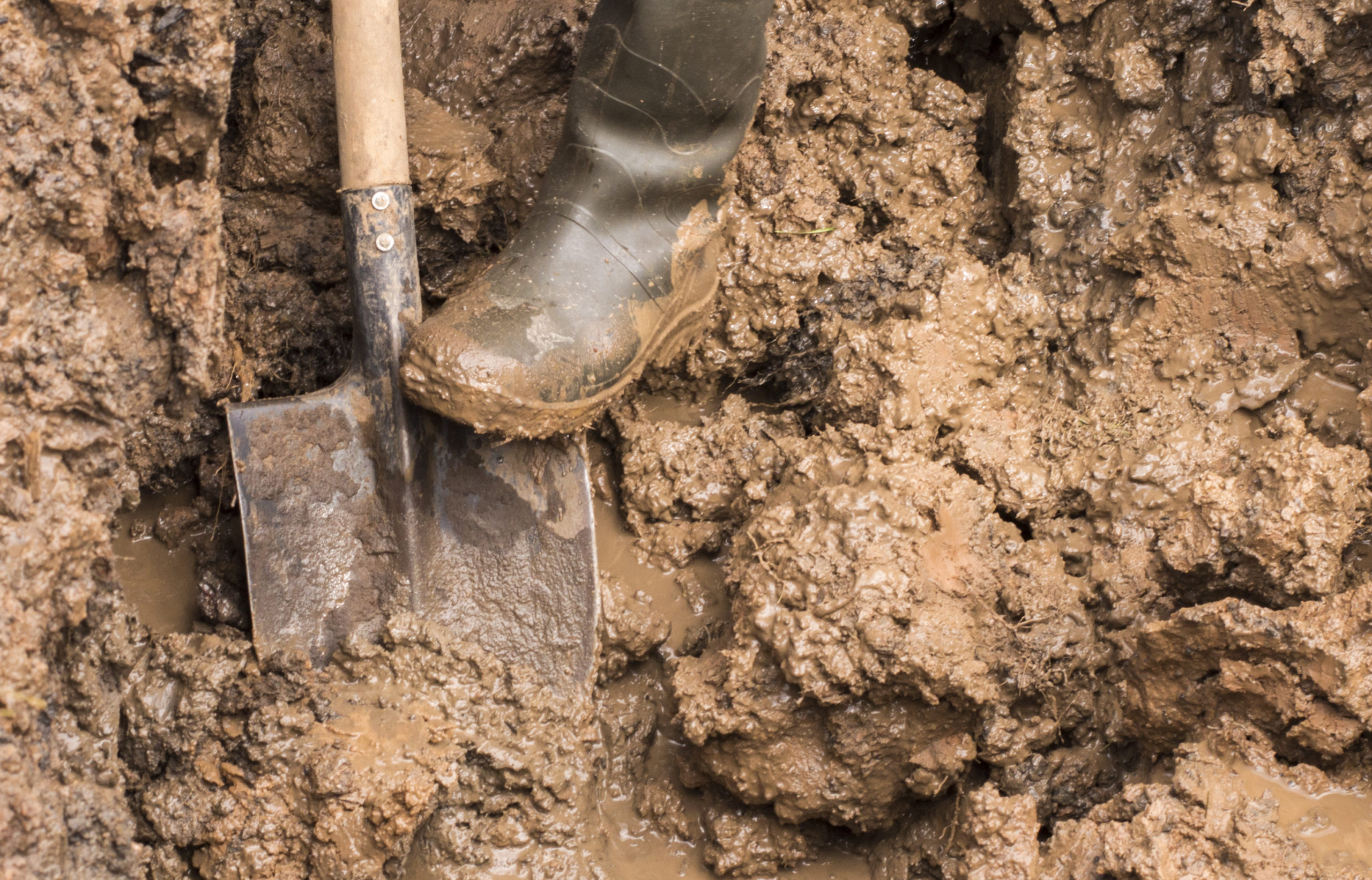
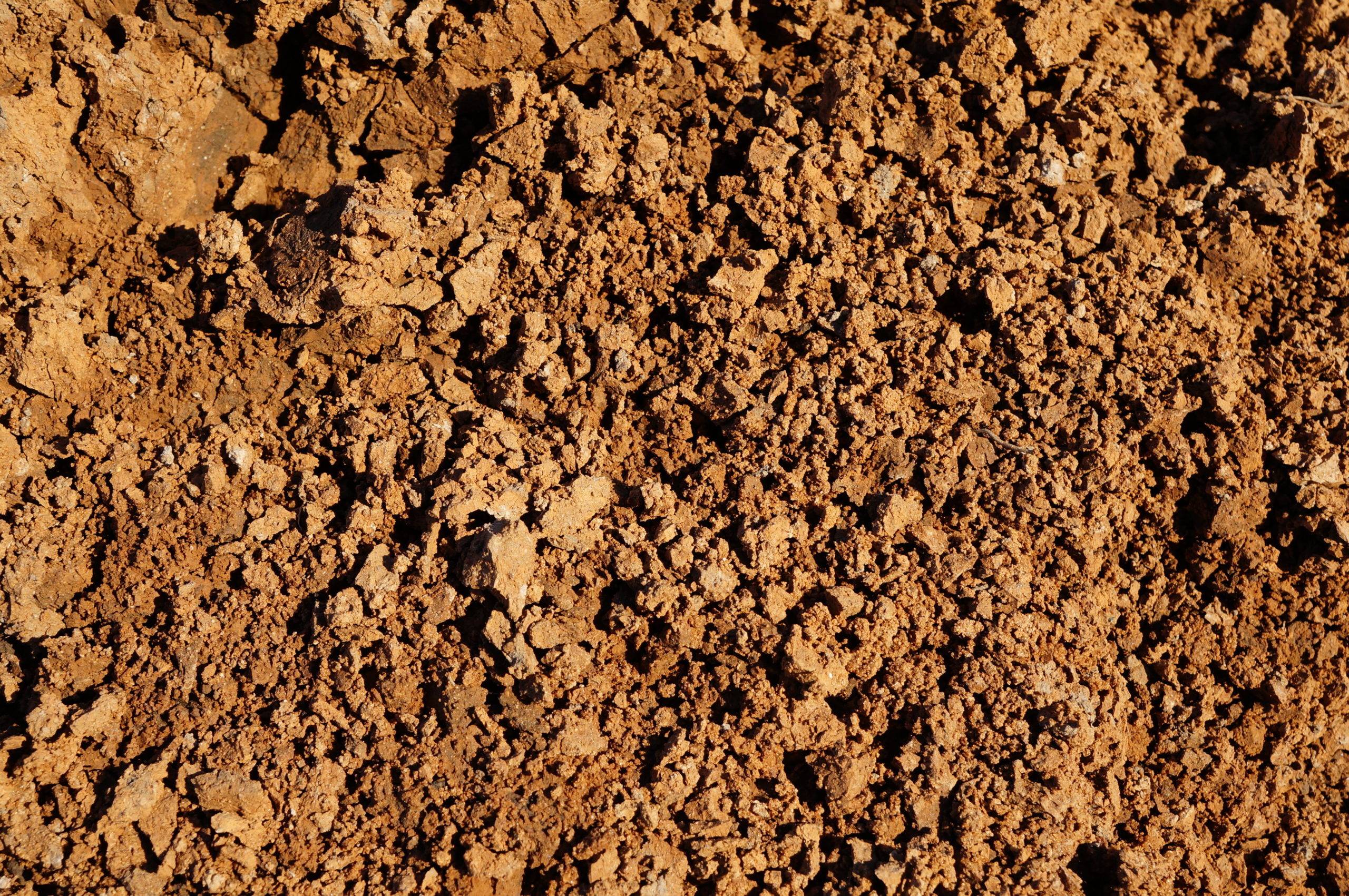
Clay soils absorb water slower than sandy soils do. When water is applied too quickly, it puddles or runs off before being absorbed. Clay soils are slow to dry out. Plants that grow in them are particularly at risk of diseases and other problems that result from overwatering. Stretch the time between waterings so plants have a chance to partially dry out. Apply water slowly so it doesn’t run off before it can be absorbed.
Loam Soil
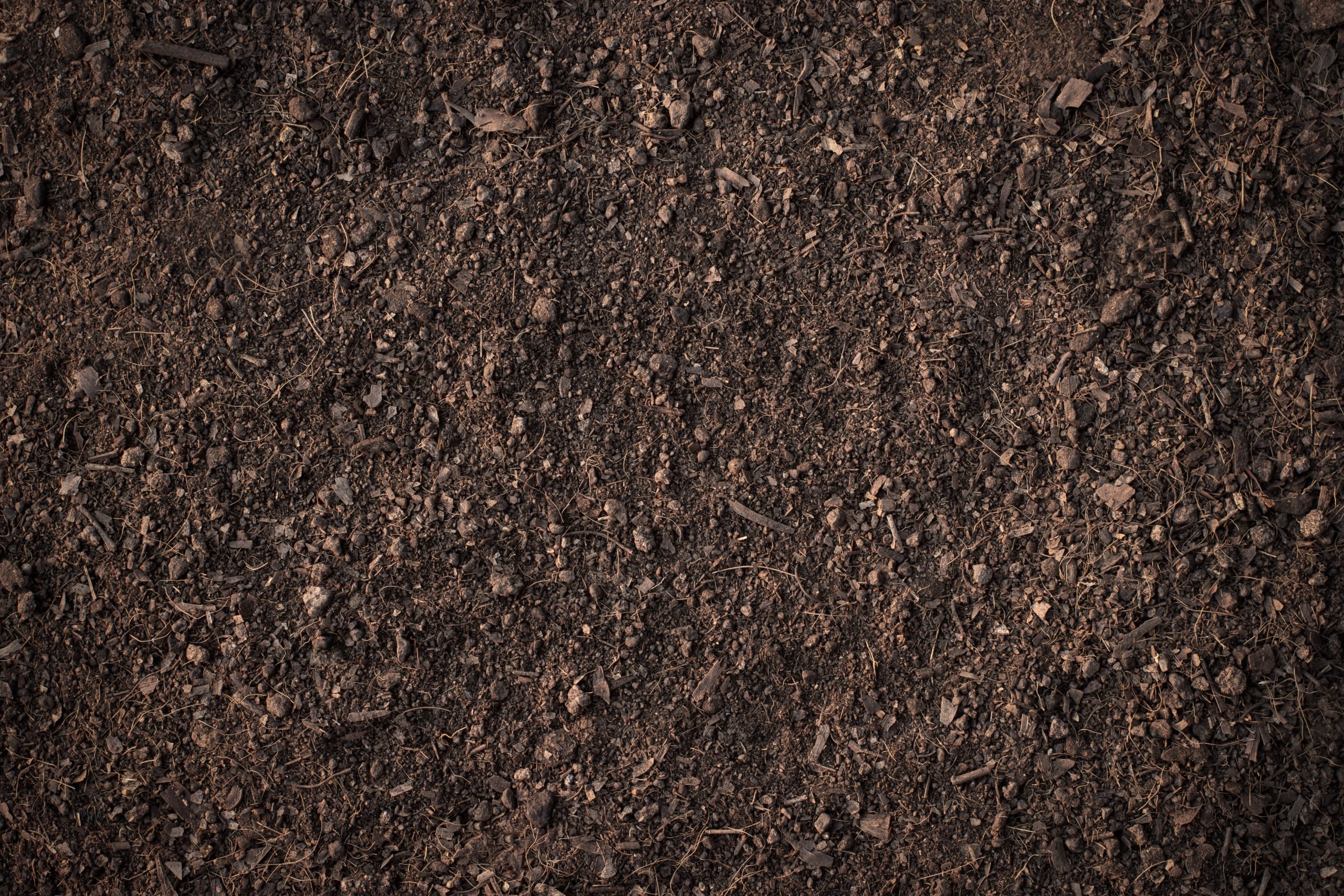

Loam soils absorb water at an even pace without heavy puddling or runoff. You can recognize loam by picking up a moist handful; when you let go, it holds together but falls apart easily with some gentle prodding.
Remember, again, that most soils are a mixture of clay, sand, and loam. Identify your soil makeup and adjust your watering accordingly.
Soil pH
Soil’s acidity or alkalinity is determined by pH. The best pH for growing most nut and fruit trees is between 5.0 and 7.0. The most nutrients are available within this range. Soils in much of the East fall within this range. Soils in pine flatwoods are often lower (4.5-5.0) and need to be raised by the application of lime or dolomite. Other areas (such as Texas) have soils with pH greater than 8, which will need to be acidified or lowered by the application of nitrogen sulfate or other sulfur-based fertilizers. Soil conditions can vary from region to region, and even on your own property and planting site. For the best plant success, we recommend testing your soil by purchasing a soil testing kit or contacting your local county extension service.
We suggest purchasing a soil testing kit or contacting your local county extension service.


